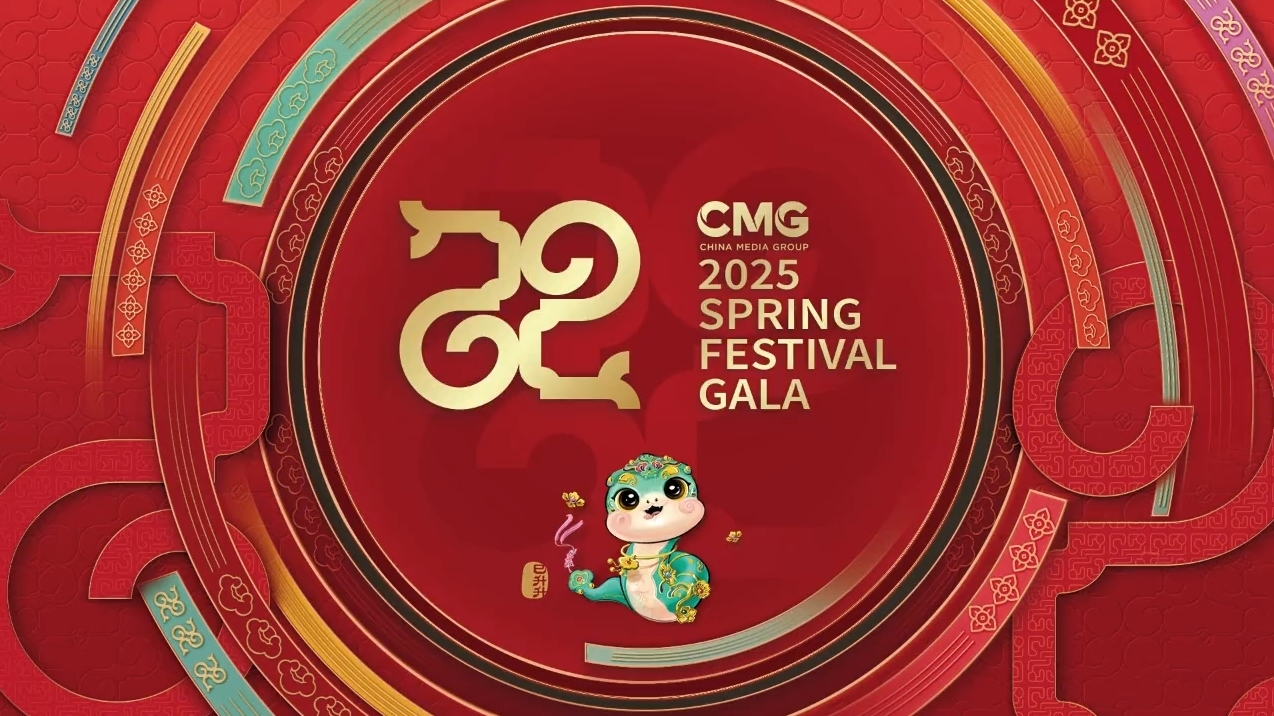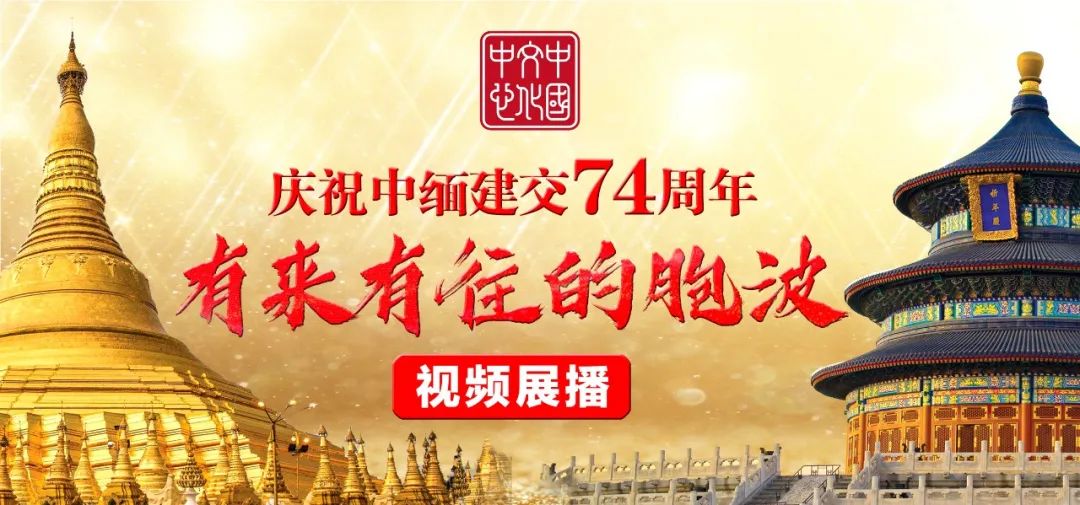၂၀၂၄ ခုနှစ် မဟာတူးမြောင်းကြီးခရီးသွားလာမှု ပြည်ပမိတ်ဆက်ခြင်းရာသီ - အန်းဟွေးပြည်နယ် (ဟွိုင်ပေမြို့ခရီးစဉ်လမ်းကြောင်း - ၁)
Dream-seeking and Historical Tour to the Canal
Huaibei Museum (Museum of the Sui - Tang Dynasties Grand Canal) - The Town on Sui & Tang Dynasties' Canal - Suixi Ancient City - Liuzi Site of the Sui-Tang Grand Canal - Linhuan Ancient Town
Introduction of scenic areas:
Huaibei Museum (Museum of the Sui-Tang Dynasties Grand Canal)
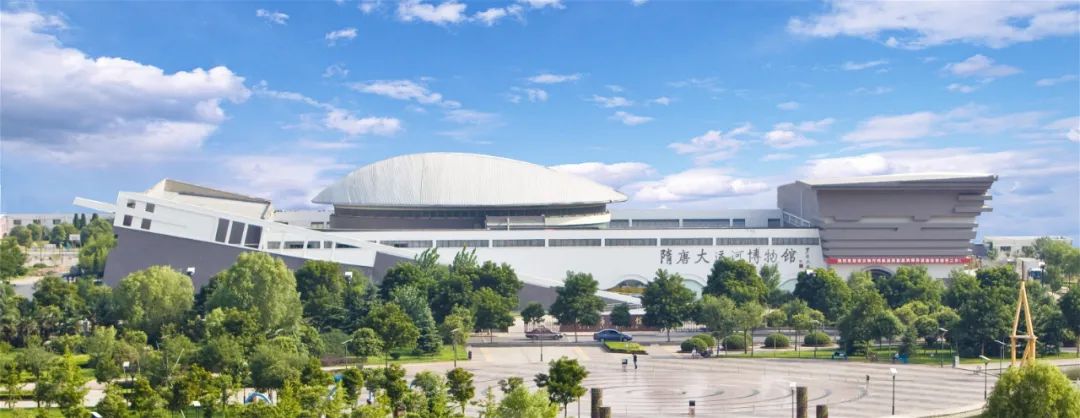
Canal Heritage; Millennium Brilliance
Huaibei Museum, also known as the Museum of the Sui-Tang Dynasties Grand Canal, is a local comprehensive museum with over 10,000 cultural relics. The two names were inscribed respectively by Mr.Guo Moruo and Luo Zhewen, a renowned expert in ancient architecture in China.
Huaibei Museum showcases unearthed relics spanning from the Spring and Autumn and Warring States periods to the Qin and Han Dynasties, revealing the political, economic and cultural brilliance of Xiangcheng City from different perspectives. In 1999, the site of the Sui-Tang Grand Canal was discovered in Liuzi Town, Huaibei, and was recognized as one of the top ten archaeological discoveries of 1999 by the National Cultural Heritage Administration. The archaeological findings at the Liuzi Site of the Sui-Tang Grand Canal in Huaibei have added numerous valuable ancient porcelain treasures to the museum's collection.
The Town on Sui &Tang Dynasties' Canal
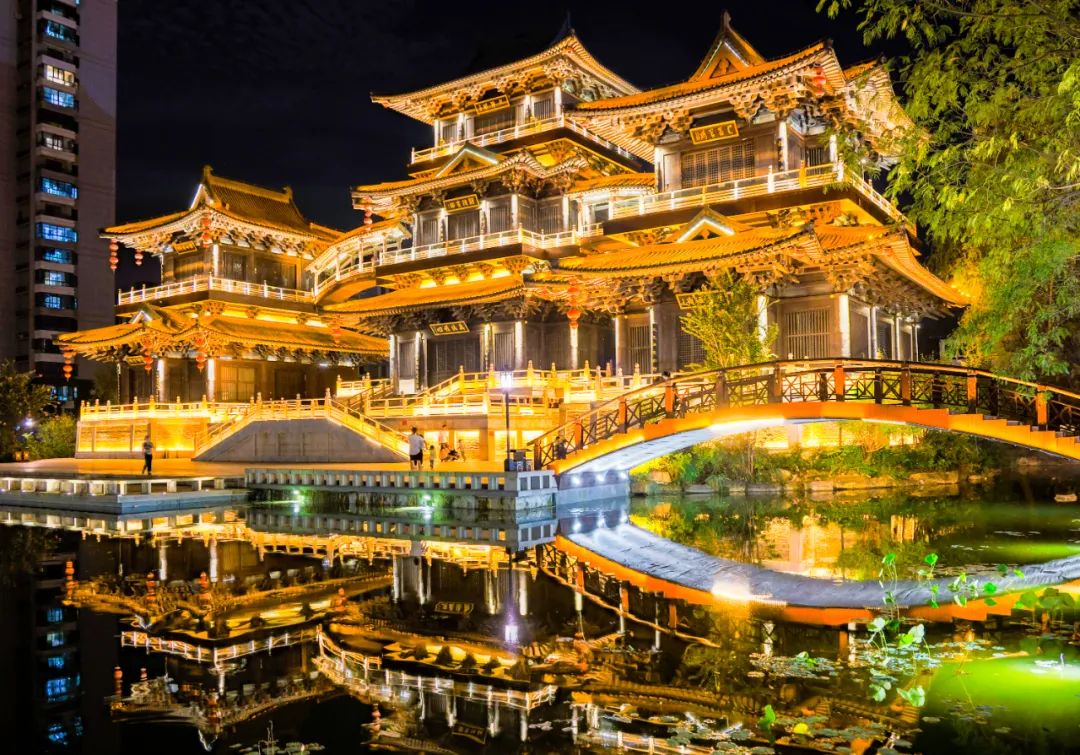
Splendid Sui and Tang Scenery, Romantic Ancient Town
The Town on Sui & Tang Dynasties' Canal is a popular cultural, business, and tourism town with regional characteristics, built on the basis of its historical and cultural resources of the Sui and Tang Dynasties, the Grand Canal, the regional culture of Huaibei, and folk culture. It has been included in “Top Ten Night Tourism Blocks in Anhui Province” and “Model Night Cultural and Consumption Blocks in the Yangtze River Delta” successively.
The architecture in the town reflects the distinctive culture of Sui and Tang Dynasties,with its highlight being the Wufeng Sange (Wufeng Gate and Three Pavilions)structures. These architectural elements perfectly capture the historical charm and majestic atmosphere of the Sui and Tang dynasties, creating a strong artistic impact. The unique Sui and Tang architectural style will make the town a landmark in tourism, a business card for cultural tourism, a guest reception center, and a cultural symbol of Huaibei.
Suixi Ancient City

A Century-old Street with Rich Culture
Located in the northeast part of Suixi County, Suixi Ancient City retains its main layout in the Ming and Qing Dynasties. It features a crisscrossing structure with one street and eight alleys, including important streets and alleys like Shiban Street, Ping'anli Alley, and Dangdian Alley. This showcases its prosperous commercial appearance, cultural characteristics, and profound culture.
Suixi Ancient City has revitalized the century-old Shiban Street by gathering intangible cultural heritage handicrafts, time-honored shops and brands, and local specialties. In addition, it has established cultural exhibition halls, master workshops, cultural creative spaces of handicrafts, and homestay inns to promote the prosperity and revival of the ancient city. In this way, it has also built itself into an immersive ancient town for cultural tourism where visitors can indulge in the aromas of local spirits and the bustling sounds of the market. In recent years, Suixi Ancient City has received honors such as the “National Preferred Project of Intangible Cultural Heritage and Tourism Integration Development” and the “Top Ten Night Tourism Blocks in Anhui Province”.
Liuzi Site of the Sui-Tang Grand Canal
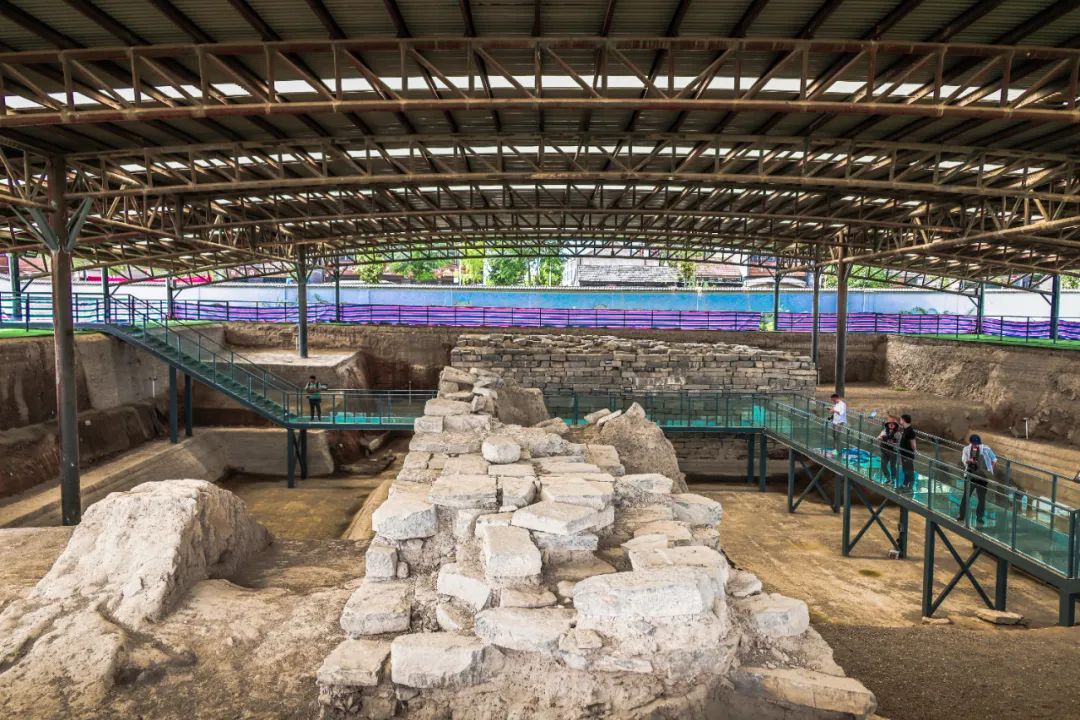
The Liuzi Site of the Grand Canal is situated in Liuzi Village, Baishan Town, Suixi County, Huaibei City, Anhui Province. This site represents the former path of the Tongji Canal during the Sui and Tang Dynasties. In 1999 and 2012, this site witnessed two rounds of archaeological explorations, which unearthed significant relics from the Tang and Song dynasties. Among the treasures revealed were river channels, embankments, stone-built bridge piers, and roadways. Additionally, the excavations brought to the surface nine wooden sunken ships and an extensive collection of ceramic artifacts, bone and horn tools, stone anchors, copper coins, and other invaluable historical items. These discoveries successfully filled various gaps in the field of archaeological research associated with canals. Among them, the stone-built bridge piers are the first-ever find within the architectural remains of China's Grand Canal. The unearthing of such a multitude of sunken Ships within the canal is unprecedented. Furthermore, the extensive assemblage of exquisite porcelain artifacts, originating from over 20 kilns spanning three dynasties (Sui, Tang, and Song), is especially valuable. The archaeological discoveries at the Liuzi Site of the Grand Canal carry paramount scientific, historical, and cultural significance. They offer invaluable insights into the navigation routes of the Tongji Canal, the structure of the canal, alterations in river channels, hydraulic and shipbuilding technologies, the history of canal transportation, and business travel activities. The Liuzi Site of the Grand Canal, once recognized as one of the top ten archaeological discoveries in China for the year 1999, was designated a key national cultural relic protection unit by the State Council in 2001.In 2014, it was also included on the World Heritage List.
Linhuan Ancient Town
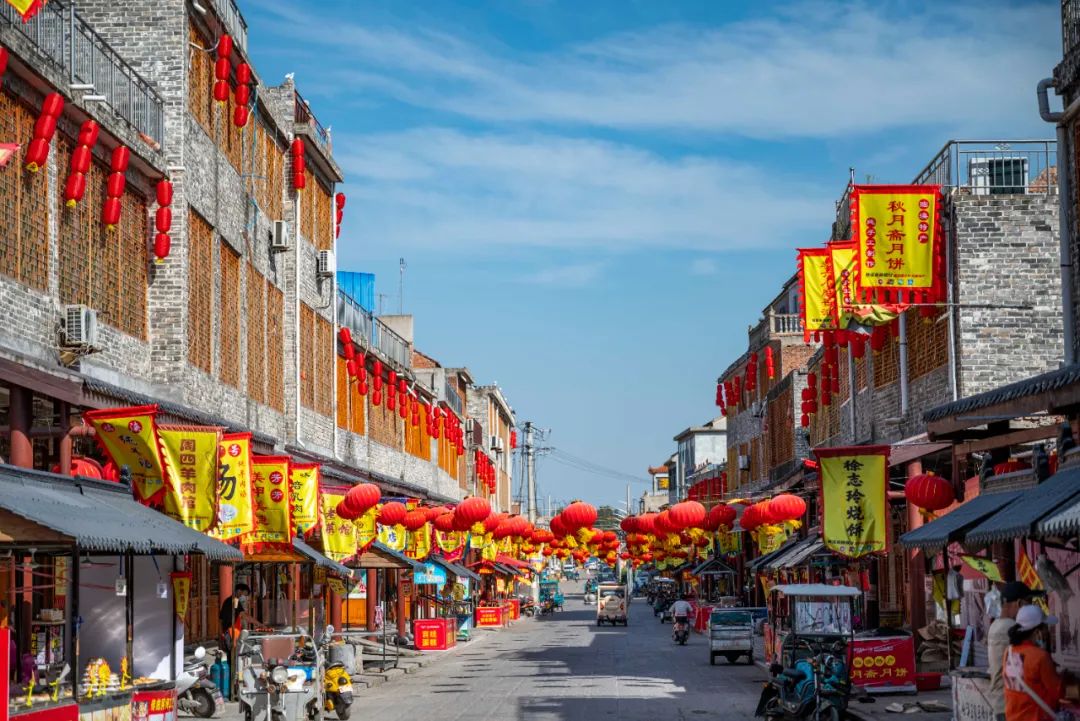
Linhuan Ancient Town, formerly known as Zhicheng, dates back to the Spring and Autumn and Warring States periods. With a profound history, it has been home to significant historical figures such as JianShu, an advisor of Duke Mu of Qin, and Ji Kang, the leader of the Seven Sages of the Bamboo Grove. Linhuan Ancient Town is abundant in tourist resources, including two nationally protected cultural relics-ancient city walls and the Huaihai Campaign Site of the General Front Committee in Wenchang Palace. Furthermore, the millennium-old tradition of Stick Tea is renowned throughout the Jianghuai region. Linhuan Ancient Town has been honored with titles such as the “Hometown of Chinese Folk Culture and Art”, “Historical and Cultural Famous Town of Anhui Province”, “Top Ten Ancient Villages and Towns in Anhui Province”, and “Tourism Town with Characteristics Landscapes of Anhui Province”.
In recent years, Linhuan Ancient Town has made great efforts in the development of the cultural and tourism industry. It has built the Linhuan Ancient City Wall Ruins Park, implemented water-focused health tourism in collaboration with the Protection Project of Four Famous Springs, and created a scenic belt along the two rivers and three banks. Through these efforts, it aims to develop itself into a comprehensive Cultural scenic area known for “One Town,Two Rivers, and Three Banks”, thus building a distinctive high-standard tourist town.
Recommended delicacy:
Liuyuan Ground Pot Chicken
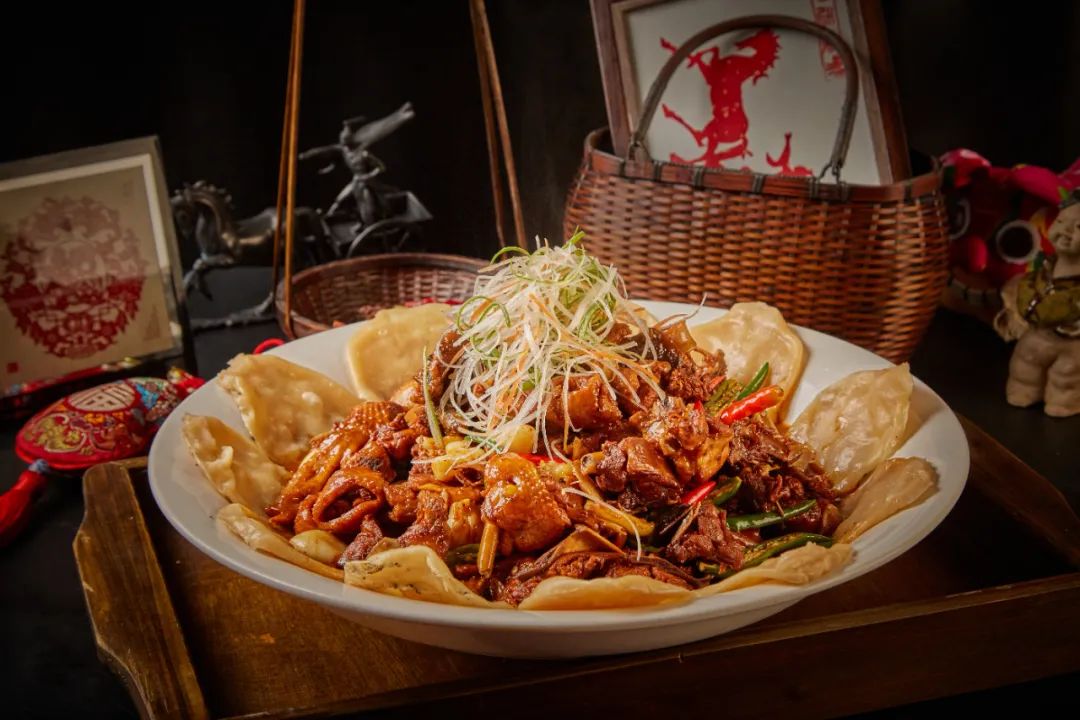
This dish is made with free-range chickens in the Pomegranate Garden of the Ming and Qing Dynasties, cooked in a traditional pot using dried pomegranate branches as fuel. It tastes fresh and mellow, with a unique blend of tenderness, dryness, and a delightful fragrance.
Zhou's Steamed Dough Skin
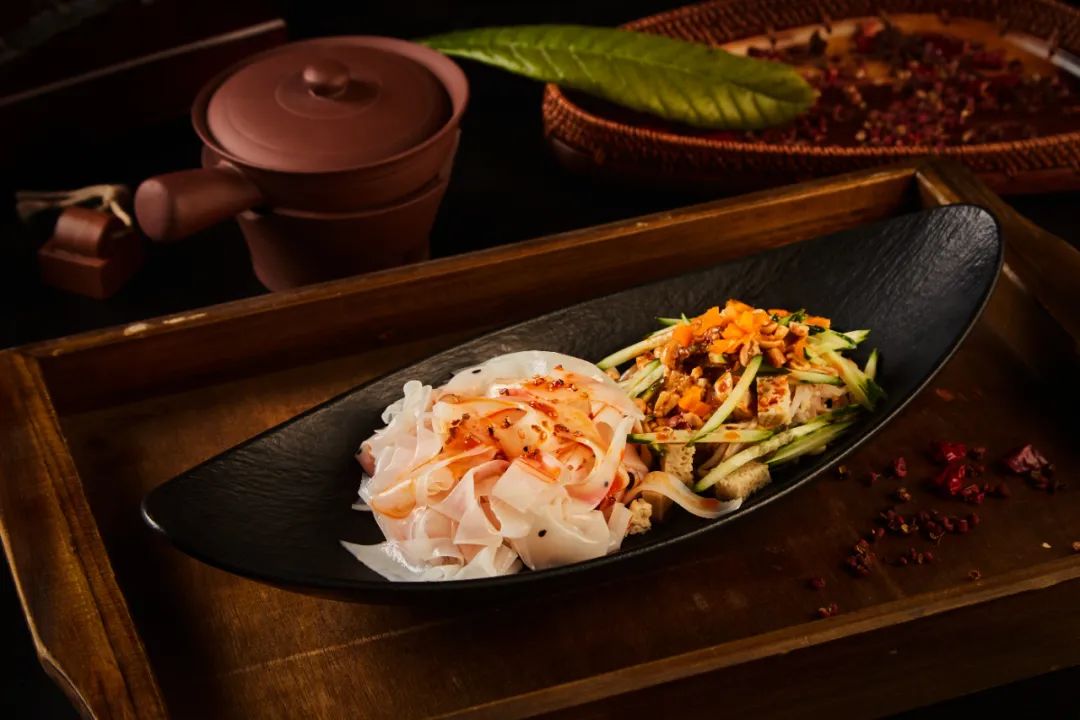
The cooking technique of Zhou's Steamed Dough Skin has been officially recognized as a municipal intangible cultural heritage. It is not only a local snack but also a culinary trademark of Huaibei.
Huaibei Oil Tea
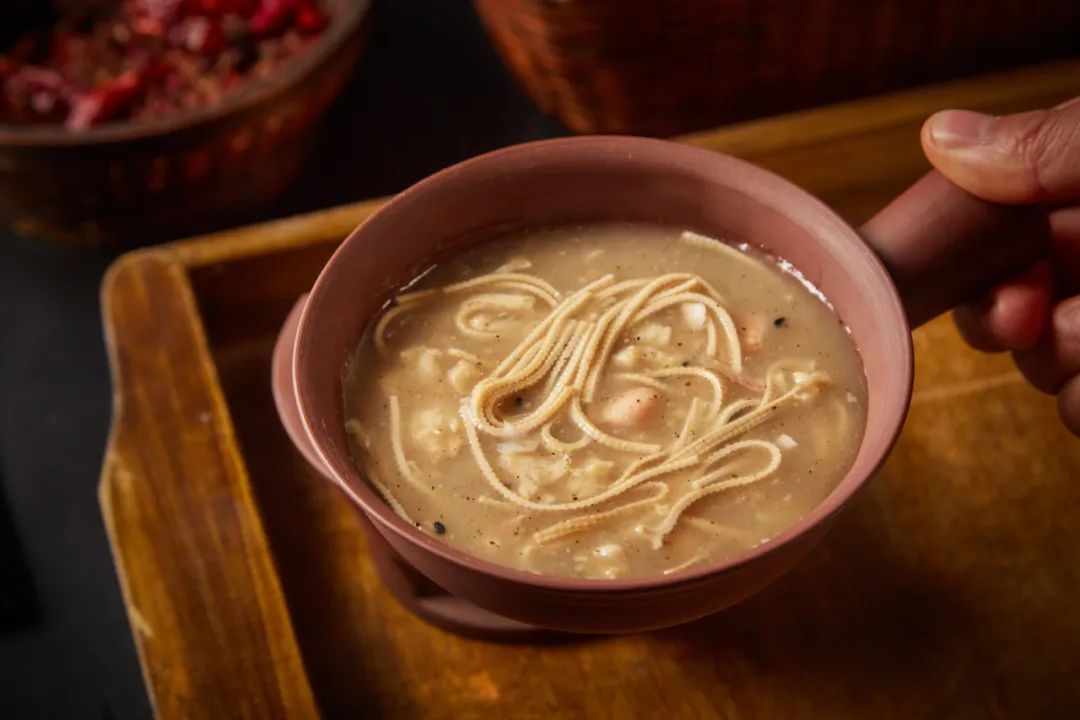
Prepared with broth brewed from old hens and fresh pork bones, combined with ingredients like bean curd skin, handmade gluten, and seasoned nuts, Huaibei Oil Tea is a mouthwatering and appetizing dish renowned as a “refreshing tonic”.

